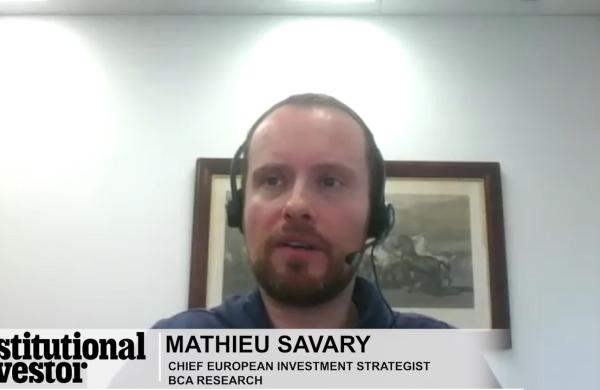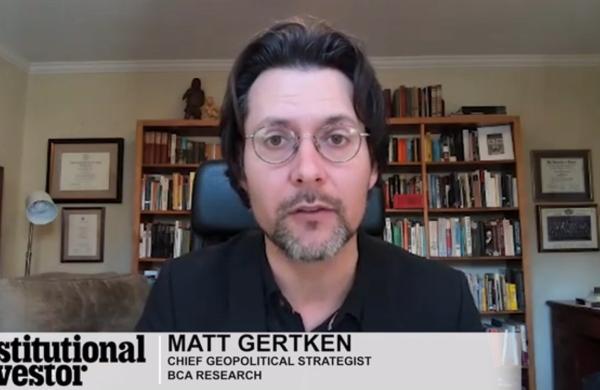OK here’s how the business of institutional investment works: Social and governmental institutions acting on behalf of beneficiaries (e.g., charities, the elderly, governments) contract out investment strategy to an institutional investment organization (e.g., to a pension fund, endowment, foundation, sovereign fund). In turn, these institutional investors contract for investment management services (e.g. to an external asset manager), which will in turn deploy these assets into a variety of financial securities (e.g., stocks, bonds, options) that are themselves derivative of an underlying asset. Custodians then manage the securities, and oversight is provided by an array of consultants, accountants, auditors and actuaries. Put simply, there’s an awful lot of agents mixed into the institutional investment production chain; and all of them are there to take money... and turn it into more money. To do so, however, these agents have be managed and properly incentivized, which – and you can trust me on this – ain’t easy.
It’s with this principal-agent problem in mind that I want to have a quick chat about “broken agency” and in-sourcing asset management. This may sound like a highly nerdicious topic for a blog (and it is), but I assure you it’s worth a brief moment of your time if you’re at all interested in understanding why so many institutional investors are bringing assets in house. (Yes, asset managers, this post is meant to explain why institutional investors are taking away your mandates. So pay attention.)
The notion of ‘broken agency’ was developed within the project management, governance and finance literature. It refers to a misalignment of incentives and risks among actors and agents that ultimately results from the short-term time horizon of a project’s agents (i.e., the constructors) and the long-term time horizon of the project’s resulting asset and its managers (i.e., a road or a port). Broken agency occurs when the agent that bears the capital cost is not the same as the agent that bears the operating costs down the road. So you can think of broken agency as being the result of a vertical fragmentation of production.
Why is this important? Because the capital developer won’t be incentivized to use the most innovative techniques or materials to minimize the future risks and costs for the asset operator. In other words, the constructor will skimp to maximize his or her profits at the expense of the operator. (It won’t be surprising to learn then that for large projects this phenomenon has been shown to impact long-term performance negatively -- i.e., where broken agency occurs, the operators suffer.)
Put another way, though, broken agency offers long-term actors and entities an opportunity to arbitrage and indeed exploit short-term behavior that doesn’t fully align to maximize long-term value. The way to do this is to adopt a “life cycle perspective” that explicitly involves the operators (i.e., the long-term actors) in the design and framing of the construction (i.e., the short-term strategy and operations).
How does all this relate to institutional investment? Well, in the wake of the financial crisis, many funds have voiced frustration over the misalignment of interests embedded in their principal-agent relationships; especially those they have with their external asset managers. And, like above, much of this frustration is due to a mismatch of time horizons between institutional investors (which will sometimes have inter-generational time horizons) and external managers (which almost always won’t). As a result, more and more institutional investors are also looking to take a ‘life cycle perspective’ by getting more involved in the short-term strategies and operations in order to overcome the 'broken agency' phenomenon.
And how do they do that, you ask? In-sourcing. Is it working? Actually, yes, it is. Two recent research papers (here and here) show that in-sourcers actually do outperform the private sector... especially in illiquid assets.
So, in short, it’s not an easy thing to do... but, if you can do it, in-sourcing may be a fruitful path for some investors.






